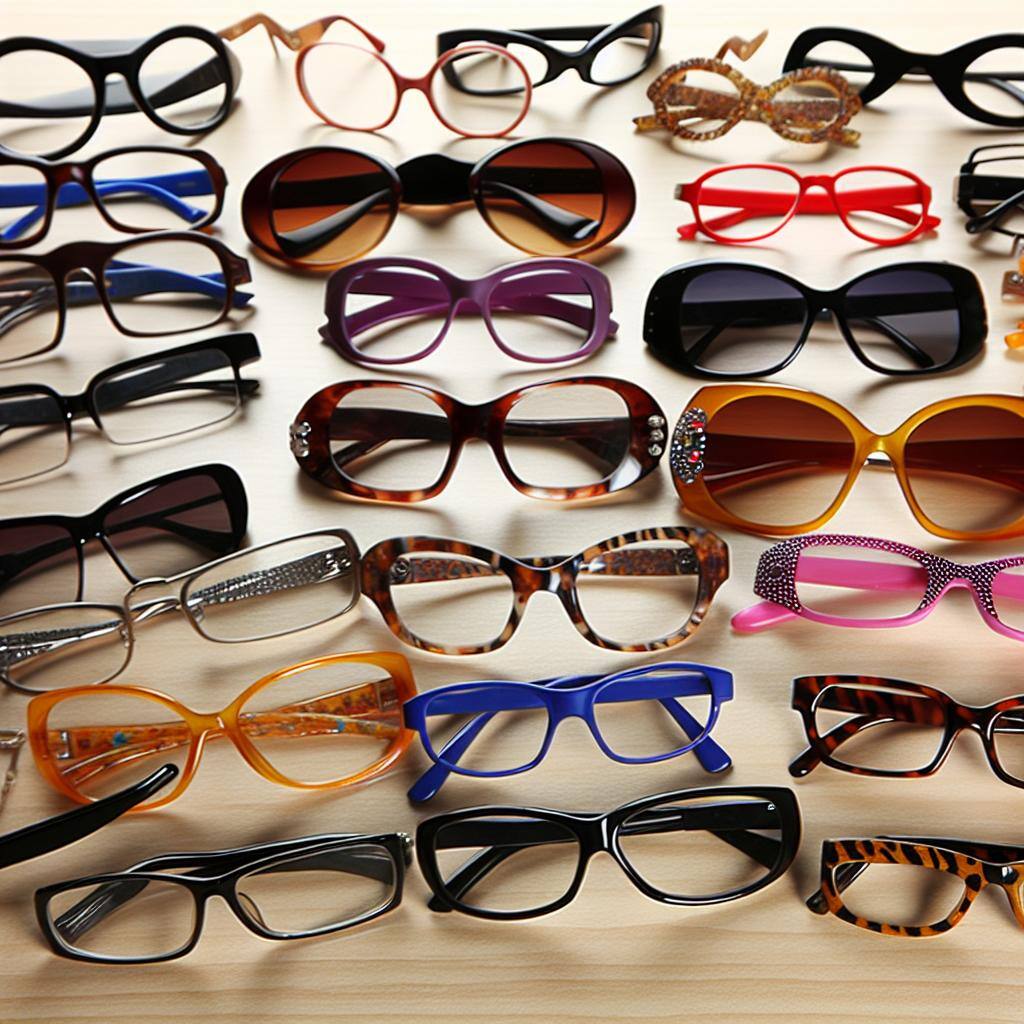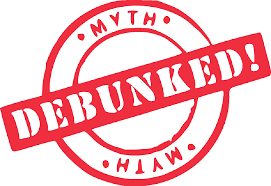Post-LASIK Care: Will You Need Reading Glasses?
Discover whether you will need reading glasses after undergoing LASIK surgery and how to care for your eyes post-procedure.

Are you considering LASIK surgery OVER age 45? Do you currently wear reading glasses, bifocals, or readers over your contact lenses for near work?
Many patients don't realize they will still need reading glasses after surgery. There is a way to reduce your dependence on near-vision glasses.
Monovision involves one eye laser-corrected for distance viewing, and the other eye is corrected for near viewing. Monovision is actually a misnomer since both eyes still work together when viewing distance and near.
What is presbyopia?
Presbyopia is a gradual, age-related loss of near vision due to decreasing elasticity of the lens within the eye. Typically, presbyopia increases gradually between ages 45 and 55.
Types of Vision and Your Options:
This patient can often see clearly to read without glasses but wears them for distance. Once refractive surgery is performed, they may lose their ability to see up close. Some patients will decide not to undergo refractive surgery if they will lose near vision. Others will decide distance vision is more important and will wear reading glasses, and others will choose monovision.
This patient may use distance and reading correction or reading glasses only. The patient may elect to have monovision in order to relieve their need for reading glasses. Sometimes we treat only one eye for near vision but, typically, both eyes need some correction.
Patients with astigmatism are usually also nearsighted or farsighted. LASIK can correct the astigmatism in addition to near or farsightedness. These patients can also choose monovision.
I've decided on monovision LASIK - now what?
The next important step (unless you already use monovision with contact lenses) is a monovision contact lens trial. The doctor will place contact lenses on your eyes to wear for several days to determine if you are comfortable with this visual arrangement. You should spend these days doing your regular everyday tasks such as computer work, sports, driving, and reading. If you do well with the contact lens trial then you should do well with monovision LASIK.
What if I have side effects from monovision?
For most people, the adjustment takes less than a month, and often no more than a few weeks. While rare, some of the most common concerns are night driving and fine detail near work. Some patients prefer glasses for driving at night or long detail-intensive near tasks. In the rare patient who cannot tolerate monovision, an enhancement can be done to reverse it.
Book a free LASIK Consultation and see if monovision LASIK is right for you.
LASIK Seminar

Discover whether you will need reading glasses after undergoing LASIK surgery and how to care for your eyes post-procedure.

If you are curious about LASIK, vision correction, you may be confused about different claims you’ve heard. Test your understanding to see if you’ve...

Bifocals are eyeglasses that feature two lens powers, allowing wearers to see both near and far objects. In the past, individuals with bifocal vision...